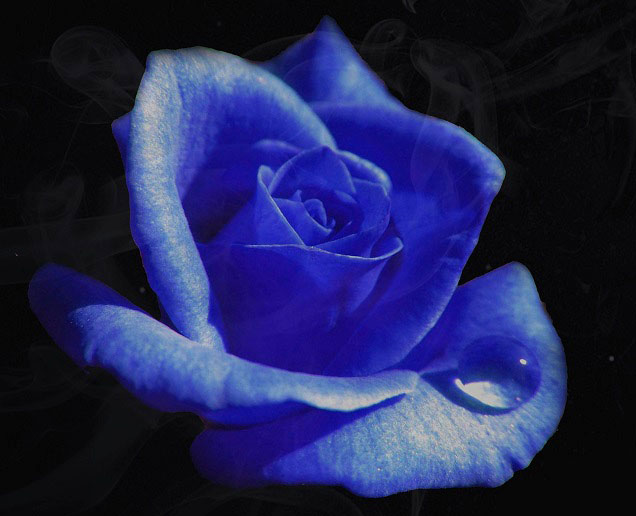
Fragility and a sense of loss are all encompassing in Tennessee Williams’ The Glass Menagerie and the Alma Theatre’s own Schoolhouse Productions company capture the atmosphere perfectly.
From the opening narration by Tom played in a languid manner throughout by Adam Forrester we are introduced to the recalled memories of the past that might not quite be real and teeter on the brink of illusion and delusion. It is clear from the outset that things are going to go wrong and the glass figures are not the only items that are going to fall and crack.
The central character in the play seems at first to be the overbearing Amanda Wingfield who has lost the man she loved, but still revels in the memory of the beaus who called on her in her youth. This Southern belle is a bit of a broken record, repeating the no doubt incorrectly remembered glories of long ago. She tries to dominate her son Tom with a pitiful display of coquettish flirtatiousness, but this also seems false.
She tries to put Laura in her shadow even when she praises how pretty she is by comparing her homely domestic life to her own. However, it is in fact Laura who is the central point of the play and direction by Anna Friend and Holly Newton catch that most poignantly in the second Act when the Gentleman Caller at last makes an appearance. Laura is temporarily transformed and becomes the fully rounded character who all others dance around. Jennifer Jope portrays the withdrawn, pitifully damaged Laura who is too scared to enter the world, preferring to gaze longingly at the tiny glass figurines that have become the centre of her own existence.
Into this suffocating world of artifice we are finally introduced the eponymous Gentleman Caller. Jordan Dannells’ Jim O’Connor is a man of action, displaying a desire to make something of himself, showing his sensitivity and admitting to defects without diving into wallowing pity. Without sounding too evangelical about the delights of public speaking and radio engineering he is keen to help Laura escape the menagerie into which she has imprisoned herself in.
The scene when Laura and Jim are alone breaks out of the claustrophobic miasma conjured up by the lighting and stiffness and at last Laura comes alive and we are tempted to think she will follow Jim into the real world.
The set is composed of carefully chosen period pieces and help the mood of faded prosperity, dominated by the photograph of the father who had the courage to cut and run long ago. Some of the lighting changes were a little clumsy, and the feeling of fragility sometimes veered into slips in the dialogue.
The piece would have benefitted from more emotional range from Tom and Amanda who were a little too one paced, but the production breathes life into the play well and places Laura firmly at the centre of the tragedy.
★★★☆☆ Bryan Mason 14th November 2018

